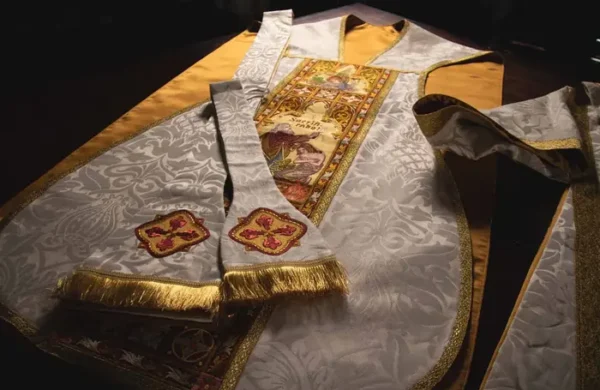
What happened to Pope Clement VII’s gold-embroidered vestments after soldiers looted the Vatican in 1527? A recently discovered Spanish inventory hints this priceless treasure might still exist—but where has it been hiding for 500 years?
Like this:
Like Loading...
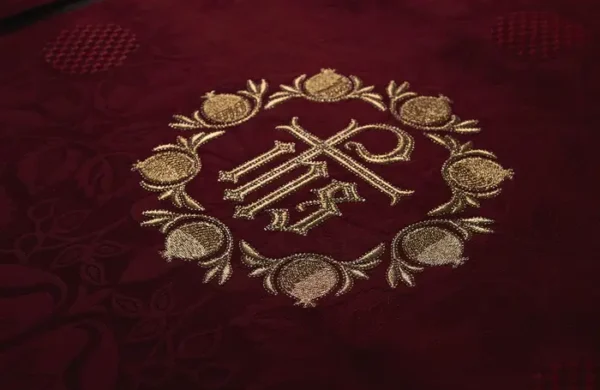
Every century, philosophers predict the Church’s collapse. Yet after 2,000 years, it still stands while empires crumble. What’s the secret behind this remarkable survival? How has a faith that began with persecuted followers outlasted the very empire that tried to destroy it? The answer reveals something extraordinary about Christ’s promise…
Like this:
Like Loading...
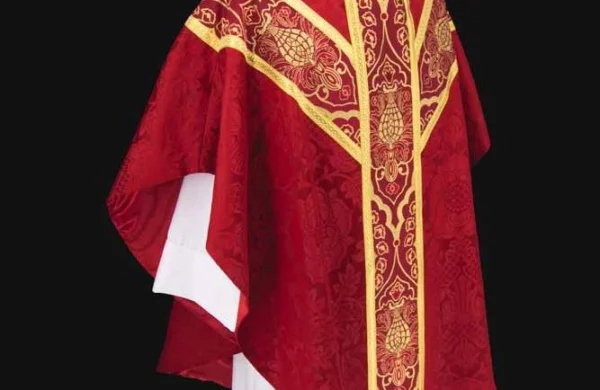
We’ll happily watch a three-hour game without blinking but check our watches after 45 minutes in church. What does this say about our priorities? The early Christians risked death to worship, while we complain about ten extra minutes. What do we miss when we rush God?
Like this:
Like Loading...
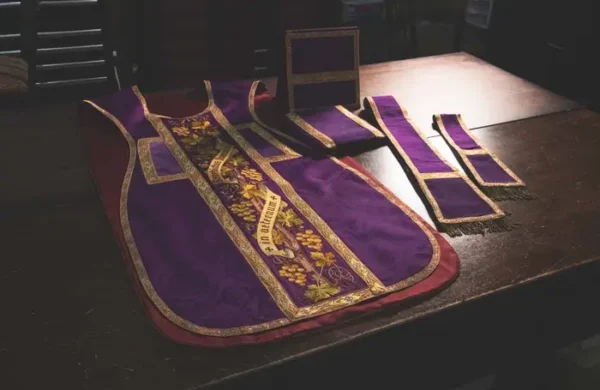
Have you ever wondered who sat in your church pew before you? Those smooth wooden benches have held the prayers of countless believers—perhaps even saints. As you’ll discover, when we take our seat each Sunday, we’re joining something far more significant than a worship service. We’re becoming part of a story that stretches across centuries…
Like this:
Like Loading...
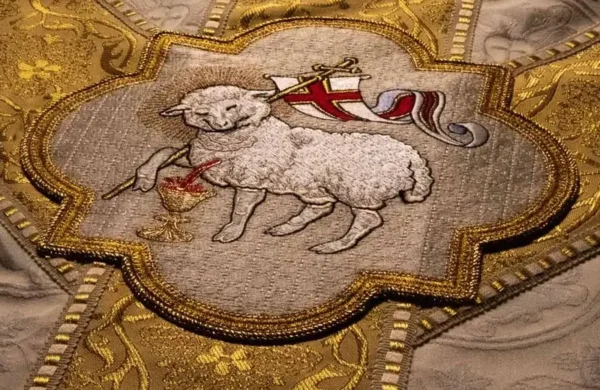
It happened again this morning. You whispered that familiar prayer for patience, and within hours, everything that could test your composure did. But here’s what most Christians miss about these moments – they’re not random. They’re sacred invitations carrying a profound message many of us overlook…
Like this:
Like Loading...
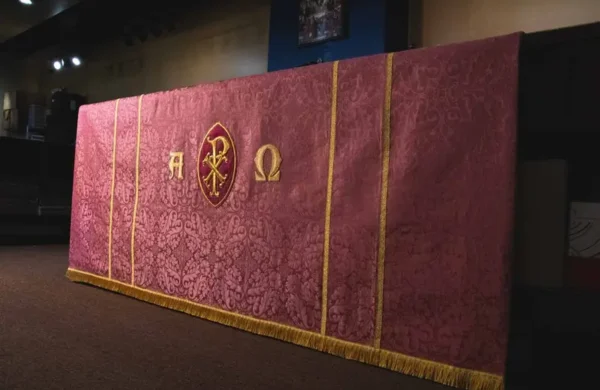
From the powerful declaration to Peter about building His Church to the vibrant community life of early Christians, Scripture reveals a divine plan far more expansive than private spirituality. When Jesus said, “I will build my church,” He wasn’t suggesting an optional add-on to personal faith – He was laying the foundation for how His followers would thrive, grow, and serve together
Like this:
Like Loading...
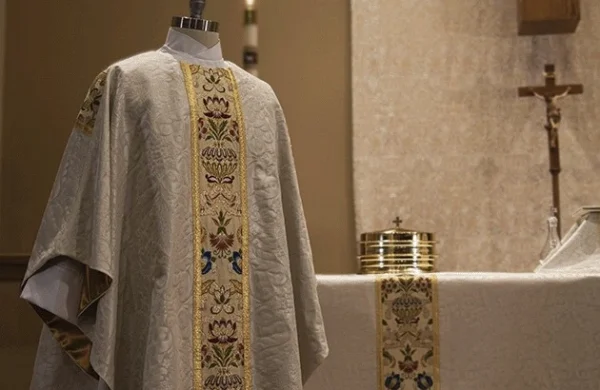
In a world where truth seems as changeable as the weather, one institution has stood unmoved for two millennia. When Roman emperors demanded compromise, they chose death. When medieval powers sought control, they chose exile. Today, as culture demands conformity, the Church faces its ancient question once again: Will we transform the world, or will the world transform us? Discover why the Church’s unchanging mission matters more now than ever…
Like this:
Like Loading...
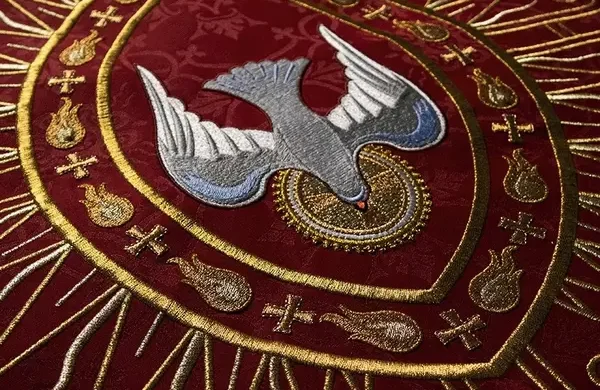
Feel like your past is too heavy to carry? God’s love has the power to heal every wound and wash away every stain. This heartfelt message shows you how His amazing grace can transform your life from the inside out, turning your scarlet past into snow-white hope.
Like this:
Like Loading...

That mysterious golden ring floating behind saints isn’t just artistic decoration. From ancient emperors to medieval churches, these glowing halos tell an incredible story of power, divinity, and artistic innovation that shaped religious art. Discover the fascinating behind Christianity’s most luminous symbol…
Like this:
Like Loading...

And his choice still whispers through centuries, challenging us to remember that true love – the kind that defies emperors and transcends time – isn’t found in cards or chocolates, but in the courage to stand for what we hold dear.
Like this:
Like Loading...
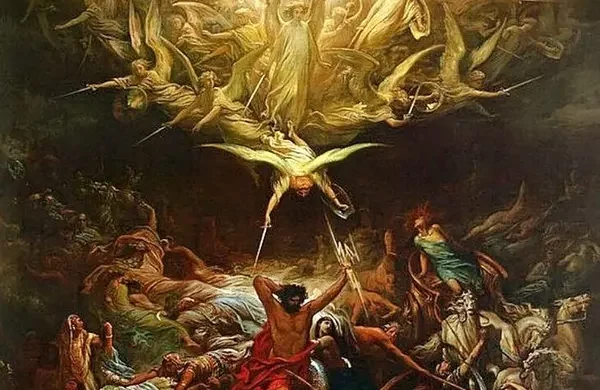
The transformation of ancient Rome from a pagan empire to a Christian civilization marks one of history’s most profound religious and cultural revolutions. From Jupiter’s temples to Christian churches, this journey reshaped Western civilization.
Like this:
Like Loading...
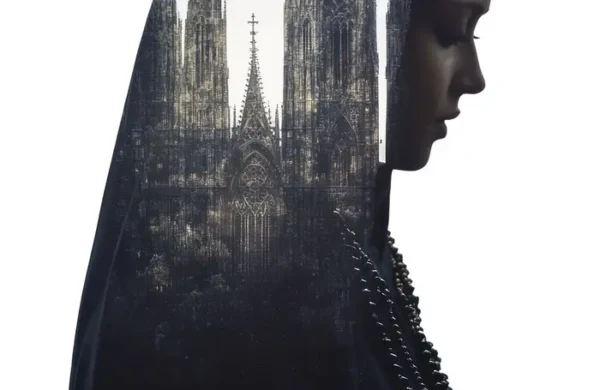
Discover how medieval cathedrals transformed into living Bibles, where stone and light tell the story of faith. From Florence’s magnificent dome to Paris’s golden mosaics, explore how sacred architecture became the Fifth Gospel—teaching divine truths through visual splendor. Journey through centuries of architectural evangelism where every arch, column, and stained-glass window preaches silent sermons to believers and non-believers alike
Like this:
Like Loading...
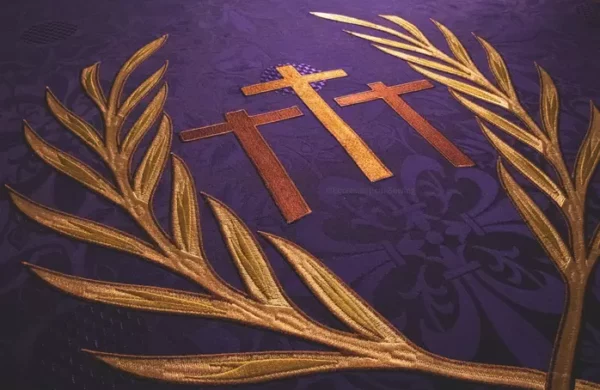
Revelation 3:10-11 offers a timeless message of faith and perseverance, promising God’s protection amidst trials. It emphasizes the importance of holding onto traditions and core beliefs in a changing world. This passage encourages Christians to stay steadfast and hopeful, knowing that God’s promises endure.
Like this:
Like Loading...
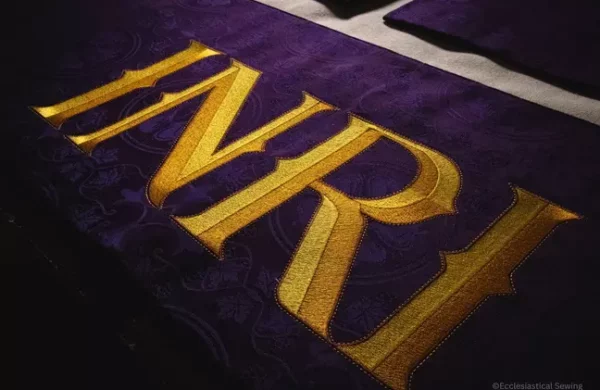
INRI, Latin for “Jesus of Nazareth, King of the Jews,” was the inscription placed above Jesus during his crucifixion by Pontius Pilate, the Roman leader. It symbolizes the irony of Jesus being mocked as a king despite fulfilling prophecies as the Messiah.
Like this:
Like Loading...
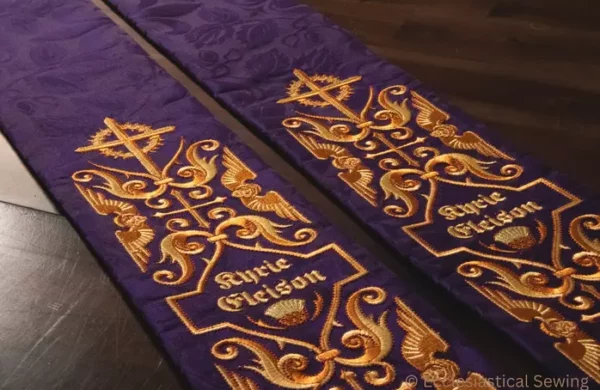
Introducing the Thistle and Thorn Lattice Stole by Edward Riojas: a stunning work of art boasting over 500,000 stitches. Crafted with exquisite Violet Litchfield fabric, it’s available in our online store with fabric option. Experience beauty and joy today!
Like this:
Like Loading...
















You must be logged in to post a comment.